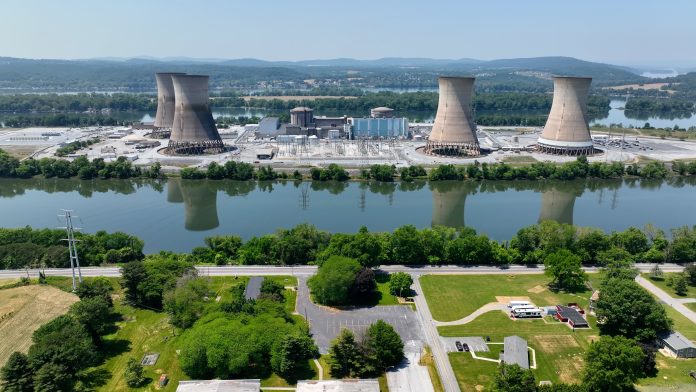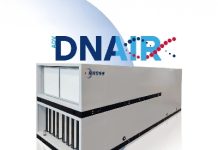The U.S. Department of Energy (DOE) has revealed its next steps forward in revitalising America’s nuclear energy sector with the launch of a new pilot program aimed at building advanced somatic nuclear fuel production lines
The pilot programme is designed to speed up the development of next-generation nuclear reactors and reduce U.S. dependence on foreign sources of enriched uranium and other critical atomic materials.
This pilot programme creates a change in U.S. energy policy, focusing on strengthening national energy security while allowing innovation and private investment in nuclear technology.
Improving U.S nuclear capabilities
As global energy needs continue to grow and concerns about climate change drive interest in clean energy alternatives, advanced nuclear technology is gaining new attention.
The DOE’s pilot program supports this by targeting the development of new domestic supply chains capable of producing specialised nuclear fuel for testing and demonstration purposes.
At the centre of the project is a Request for Applications (RFA) issued by the DOE, seeking qualified U.S. companies to build and operate these fuel lines through a special DOE authorisation process. This process enables selected companies to circumvent some of the traditional regulatory hurdles that can delay nuclear projects, thereby accelerating the deployment of innovative reactor technologies.
Focus on private sector collaboration.
As part of the programme, participating companies will be fully responsible for financing the construction, operation, and eventual decommissioning of the nuclear fuel production lines. They will also be required to secure the necessary nuclear feedstock material.
By taking this approach, the DOE is encouraging private sector leadership and investment in nuclear energy development while providing a fast-tracked federal pathway for testing and validation. Though the fuel lines will initially be used for research and demonstration purposes, gaining DOE authorisation could later support broader commercial licensing.
Applicants will be evaluated based on a range of criteria, including technological readiness, clear fuel fabrication strategies, and overall financial health. The goal is to identify projects that are not only innovative but also viable and capable of scaling in the short term.
Supporting reactor innovation
The pilot programme builds on a separate advanced reactor testing initiative launched by the DOE in June 2025. That effort allows selected advanced reactor designs to be tested at non-government sites under DOE oversight. The Department expects to select at least three advanced reactor designs by the end of the summer, with the goal of reaching criticality, meaning the reactors become self-sustaining, by July 4, 2026.
This bigger push is part of a national strategy to improve America’s nuclear infrastructure and reduce reliance on imported fuel, especially from geopolitical rivals. Currently, the U.S. does not have enough domestic nuclear fuel capacity to meet the anticipated demand from new reactors.
Timeline and application process
Initial applications for the fuel line pilot program are due by August 15, 2025; however, additional applications will be considered on a rolling basis. The DOE anticipates that early selection of projects will stimulate additional private investment and lay the groundwork for long-term commercial success.
The new initiative shows the federal government’s commitment to making the U.S. a global leader in advanced nuclear energy, both through technological leadership and by reestablishing a secure, homegrown nuclear fuel supply chain.











